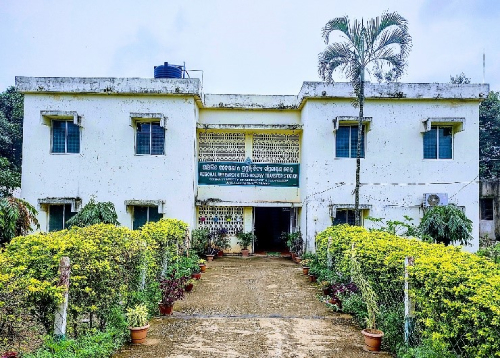The Regional Research & Technology Transfer Station (RRTTS), Keonjhar was established in 1978 to cater the research needs of the North Central Plateau Zone comprising of Mayurbhanj and Keonjhar districts of Odisha. The climate of the zone is hot and sub-humid with mean maximum summer temperature of 35. 23 0C and mean minimum winter temperature of 13.38 0C. The normal annual rainfall is 1331.2 mm of which about 87% is received during South West Monsoon season (June to September). Out of total rainfall, about 7 % is received during Rabi (October to January) and about 6 % during summer (February to May). The net cultivated area is about 36% in Kharif and 15% in Rabi seasons. The lead farming of the zone is rainfed farming. Cropping intensity of the zone is around 150.0%. The soils of the zone are red (75%), mixed red and black (5%), and red and yellow. The soils are mostly acidic, light textured with low fertility.

Gramin Krishi Mausam Sewa (GKMS) renders advisory services to farmers and agro-entrepreneurs of the zone. Advisory bulletins are issued to farmers based on the meteorological forecast received from the India Meteorological Department, Ministry of Earth Sciences, Govt. of India. Three coordinated research projects viz; AICRP on MULLaRP (Sub-Centre), AICRP on Linseed and On Farm Research (OFR) under AICRP on IFS are in operation under the RRTTS. AICRP on MULLaRP is functioning at RRTTS since September 2012 with research on 5 pulse crops (Moong, Urd, Lentil, Lathyrus, Rajmash and Pea). AICRP on Linseed was functioning at Jashipur since 1994 and shifted to RRTTS, Keonjhar campus during July, 2013. On Farm Research Centre has been shifted to Keonjhar and is being in operation since April 2017. In addition to these, OUAT-IIPR Collaborative Programmeon chickpea is in operation from rabi 2017-18.